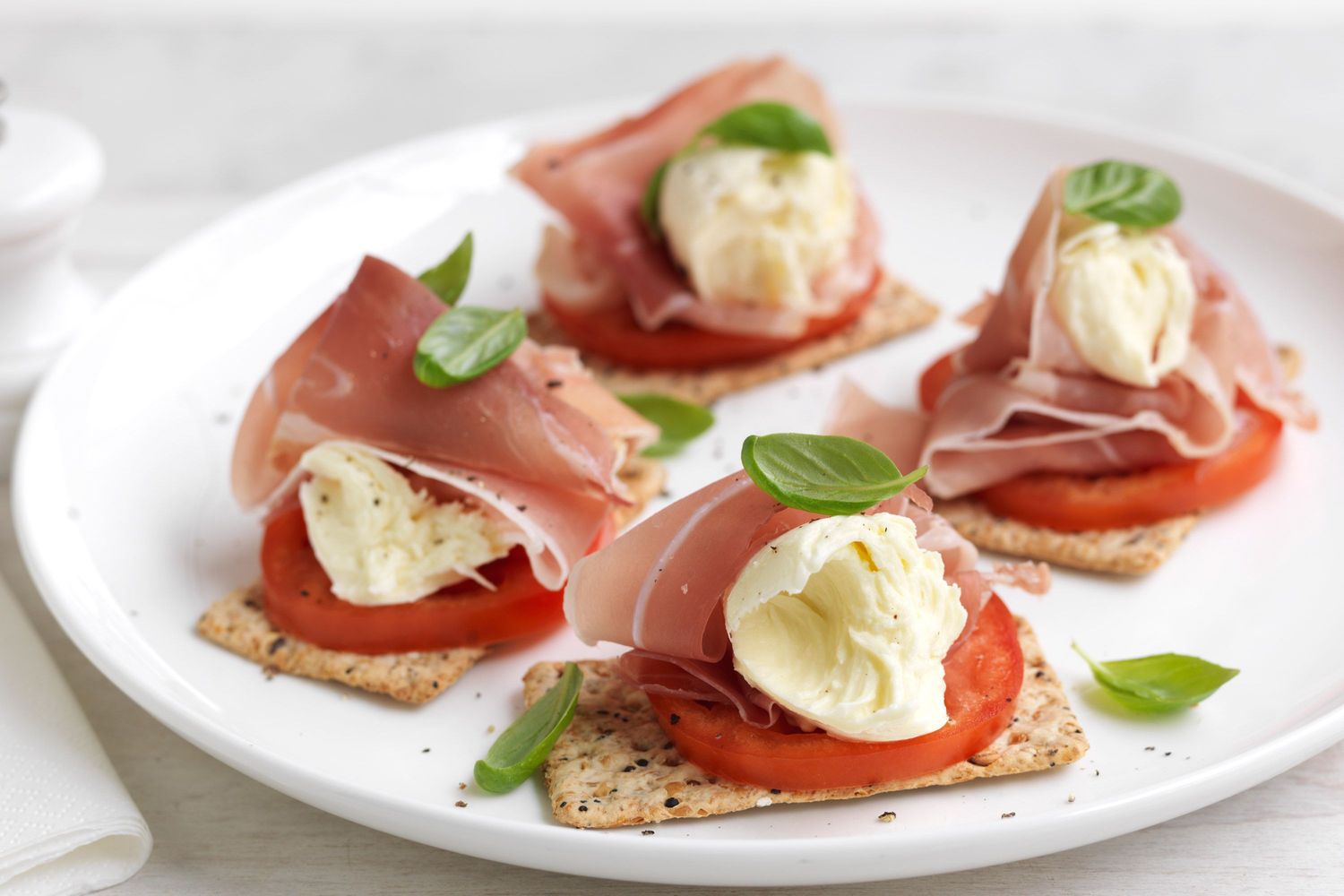
Bocconcini—those delightful, bite-sized mozzarella balls—are a favorite among cheese lovers. But what makes them so special? Bocconcini means "little mouthfuls" in Italian, and they live up to their name. These small, white, semi-soft cheeses are traditionally made from water buffalo milk, though cow's milk versions are common today. They have a mild, milky flavor and a smooth, elastic texture. Perfect for salads, pizzas, or just snacking, bocconcini are versatile and delicious. Ever wondered how they’re made or their nutritional benefits? Or perhaps you're curious about their history and culinary uses? Bocconcini have a rich story and many interesting facts that will make you appreciate these little cheese gems even more. Dive in to learn 32 fascinating tidbits about bocconcini!
What is Bocconcini?
Bocconcini, meaning "little bites" in Italian, are small, semi-soft mozzarella cheese balls. Originating from Italy, these delightful cheese morsels have become a favorite in many dishes worldwide. Here are some fascinating facts about bocconcini that will make you appreciate them even more.
-
Bocconcini are traditionally made from buffalo milk, giving them a rich, creamy texture.
-
Modern bocconcini are often made from cow's milk, making them more accessible and affordable.
-
Each bocconcino is about the size of an egg, perfect for snacking or adding to salads.
-
Bocconcini are white and smooth, with a delicate, milky flavor.
-
They are packed in water or whey to keep them fresh and moist.
-
Bocconcini are a type of pasta filata cheese, meaning the curds are stretched and kneaded to create a smooth, elastic texture.
How Bocconcini are Made
The process of making bocconcini is both an art and a science. It involves several steps to achieve the perfect texture and flavor.
-
The cheese-making process starts with curdling the milk using rennet.
-
Once curdled, the curds are cut into small pieces to release the whey.
-
The curds are then heated and stirred to help them firm up.
-
After heating, the curds are stretched and kneaded until they become smooth and elastic.
-
The cheese is then shaped into small balls and placed in water or whey to cool and set.
-
Bocconcini are typically ready to eat within a few hours of being made.
Nutritional Benefits of Bocconcini
Bocconcini are not only delicious but also offer several nutritional benefits. They can be a healthy addition to your diet when consumed in moderation.
-
Bocconcini are a good source of protein, essential for muscle repair and growth.
-
They are rich in calcium, which is vital for strong bones and teeth.
-
Bocconcini contain vitamin B12, important for nerve function and red blood cell production.
-
They also provide phosphorus, which helps with energy production and bone health.
-
Bocconcini are relatively low in calories, making them a lighter cheese option.
-
They contain healthy fats, which are necessary for brain function and hormone production.
Culinary Uses of Bocconcini
Bocconcini's mild flavor and versatile texture make them a popular ingredient in various dishes. Here are some ways to enjoy them.
-
Bocconcini are often used in Caprese salads, paired with tomatoes, basil, and olive oil.
-
They can be melted on pizzas, adding a creamy texture and mild flavor.
-
Bocconcini are great for skewers and appetizers, paired with cherry tomatoes and basil.
-
They can be stuffed into meats or vegetables for added flavor and moisture.
-
Bocconcini are delicious when baked into casseroles or pasta dishes.
-
They can be marinated in herbs and olive oil for a flavorful snack.
Fun Facts about Bocconcini
Here are some quirky and interesting tidbits about bocconcini that you might not know.
-
Bocconcini were originally made in the Campania region of Italy.
-
The name "bocconcini" literally translates to "little mouthfuls" in Italian.
-
Bocconcini are often used in Italian wedding soups, adding a creamy texture.
-
They are sometimes referred to as "baby mozzarella" due to their small size.
-
Bocconcini can be found in various sizes, from small cherry-sized balls to larger ones.
-
They are a popular ingredient in Mediterranean cuisine, known for their light and fresh taste.
-
Bocconcini are often used in antipasto platters, paired with cured meats and olives.
-
They have become a favorite in fusion cuisine, blending Italian flavors with other culinary traditions.
Bocconcini: A Cheese Worth Trying
Bocconcini, those delightful little mozzarella balls, offer a unique culinary experience. Their mild flavor and creamy texture make them versatile in various dishes, from salads to pizzas. Originating from Italy, these cheese gems have found their way into kitchens worldwide. They’re not just tasty but also packed with nutrients like calcium and protein. Whether you’re a seasoned chef or a home cook, incorporating bocconcini into your meals can elevate your cooking game. Next time you’re at the grocery store, grab a tub and experiment with new recipes. You might just find your new favorite ingredient. So, why wait? Dive into the world of bocconcini and let your taste buds enjoy the ride.
Was this page helpful?
Our commitment to delivering trustworthy and engaging content is at the heart of what we do. Each fact on our site is contributed by real users like you, bringing a wealth of diverse insights and information. To ensure the highest standards of accuracy and reliability, our dedicated editors meticulously review each submission. This process guarantees that the facts we share are not only fascinating but also credible. Trust in our commitment to quality and authenticity as you explore and learn with us.
